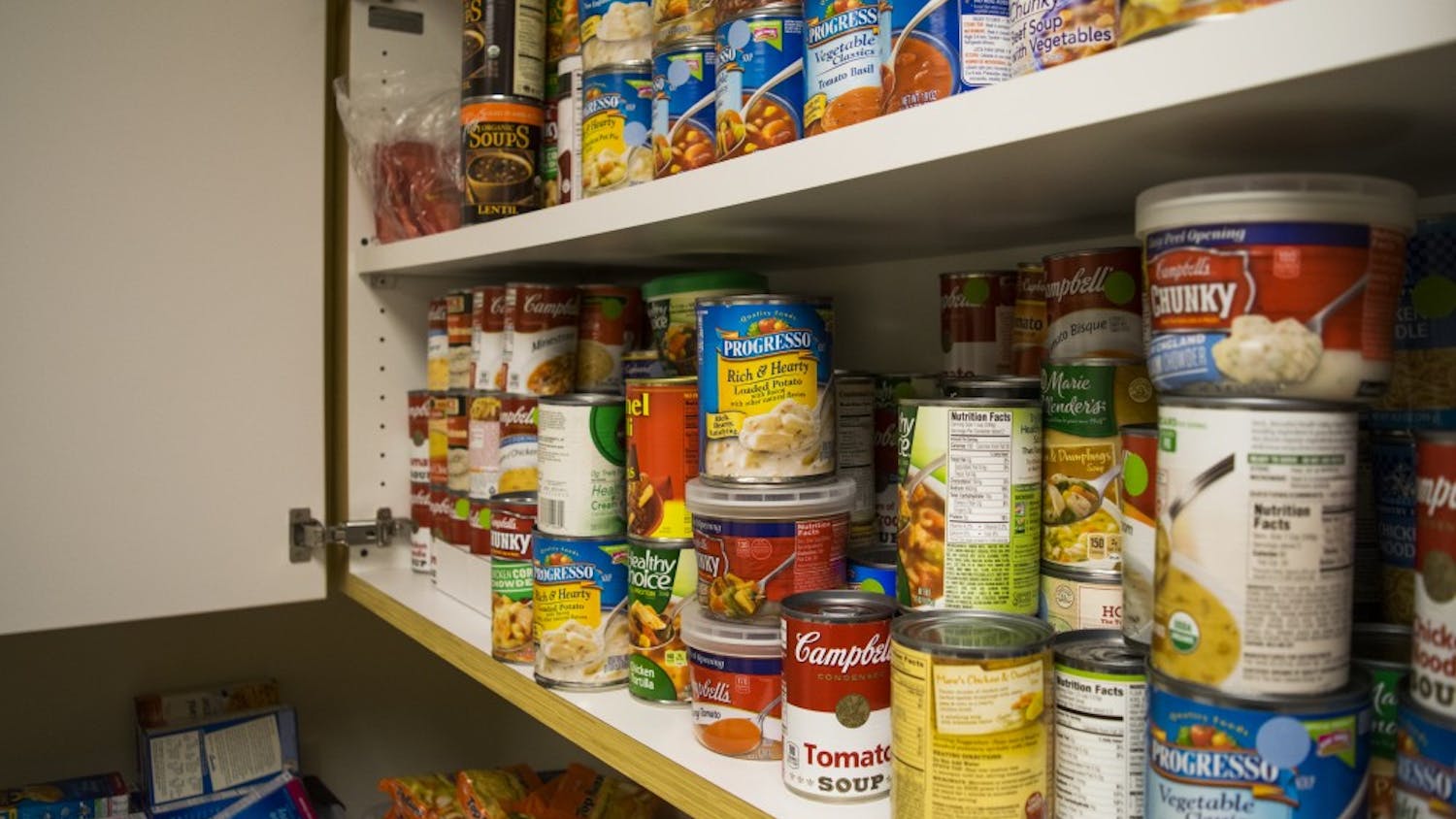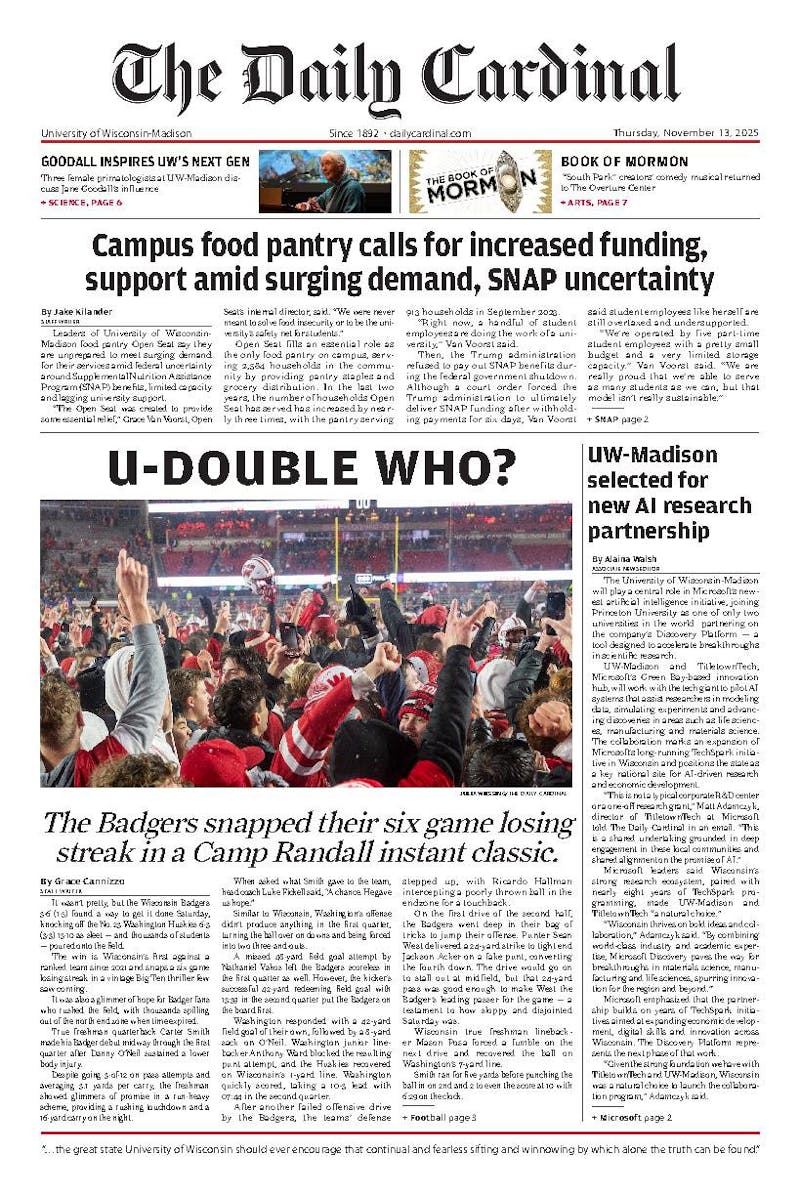He was diplomatic about it at the Frozen Four last weekend, but Wisconsin women's hockey head coach Mark Johnson hinted at some of his frustrations with the tournament once the Badgers were back on home soil.
As a few hundred Wisconsin fans welcomed the team back to Madison Monday, Johnson joked that the Badgers took everyone even remotely associated with them to the Frozen Four in Erie, Pa. Everyone, that is, except their Kohl Center ice crew.
And Johnson said they missed them.
Wisconsin enjoys some of the best facilities in the nation during the season, but when the team went to Erie for the Frozen Four they played on ice that fell well short of that standard. The ice at Tullio Arena, which holds NBA Development League basketball and OHL hockey during the year, was horrible.
Tullio Arena and Erie had no business hosting the top level of women's collegiate hockey. The Badgers —and the sport as a whole—deserved better.
I get it: Women's hockey isn't a big deal anywhere, even at a hockey-crazy school like UW that shows (comparatively) high interest in its team. I've covered the Badgers for three seasons and, while it's been one of the most fun and rewarding things I've ever reported on, I still see people's eyes glaze over when I start talking about women's hockey.
Regardless of where it stands in terms of popularity, though, the sport deserves more respect than the NCAA showed it last weekend.
Andy Baggot of the Wisconsin State Journal rightly described Tullio as a ""dingy, ramshackle facility."" I applaud his ability to describe the building in such family-friendly terms —I would have gone with ""fucking atrocious.""
Despite being built in 1983, between its broken down brown and orange chairs and cavernous media facilities the arena seemed as if it hadn't been updated at all since the 1970s.
But, most importantly, Tullio Arena featured a playing surface that made a backyard rink seem NHL-worthy.
On a number of occasions, players would wrap a puck along the end boards, only to see it shoot back into the faceoff circles after hitting the uneven ice at the rink's Zamboni door. Baggot said there was an ""ominous dip"" in the ice in that corner, and it was clear during the game that a puck moving along those boards was more likely to pop out than stay on the boards like it should.
In a single-elimination playoff hockey tournament, one bad bounce could create a chance that means the difference between a national championship and a tough-luck loss. When I asked Johnson about the facilities, he clearly had no interest in bashing the arena where his team would play the most important game of the season.
""The other team is playing under the same circumstance,"" Johnson said. ""You can't complain about [the conditions].""
""The people in Mercyhurst are working hard, and they're putting together the best product they can.""
He's right—despite the far-from-optimal facilities, the people at Mercyhurst did a great job running the tournament and were nothing but helpful the entire weekend. But to any honest observer, it was clear Tullio Arena was simply not fit to host the most important games in women's college hockey.
It's clear why the NCAA had the program at Tullio. Every Frozen Four since the NCAA started a championship for women's hockey had been in either Minnesota or on the east coast, and northwest Pennsylvania split the difference between the two locales.
Plus, emerging women's hockey power Mercyhurst hosted the event. That program has made huge strides and was expected to play in front of their home crowd—a good market for college hockey—last weekend before an upset in the NCAA quarterfinals.
But given the facilities on display at the Frozen Four, the NCAA should have never taken championship to Erie.
Should the NCAA have held the women's Frozen Four in Erie? E-mail Nico at savidgewilki@dailycardinal.






